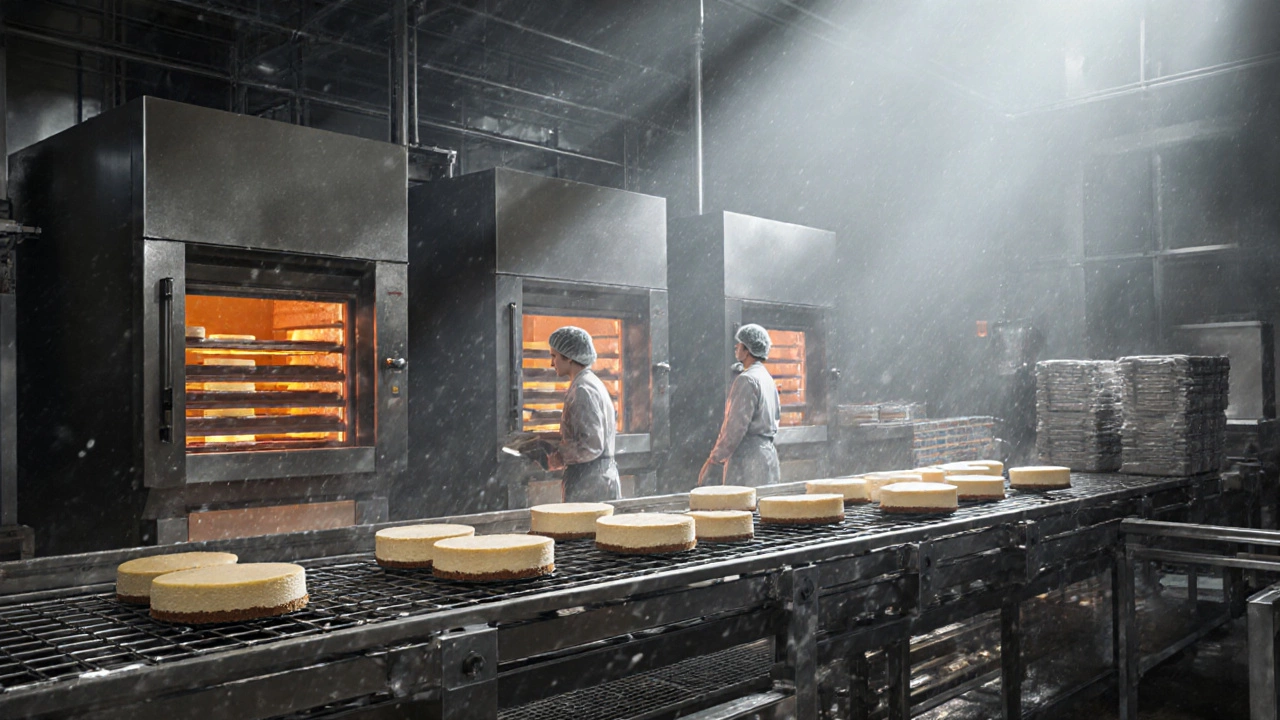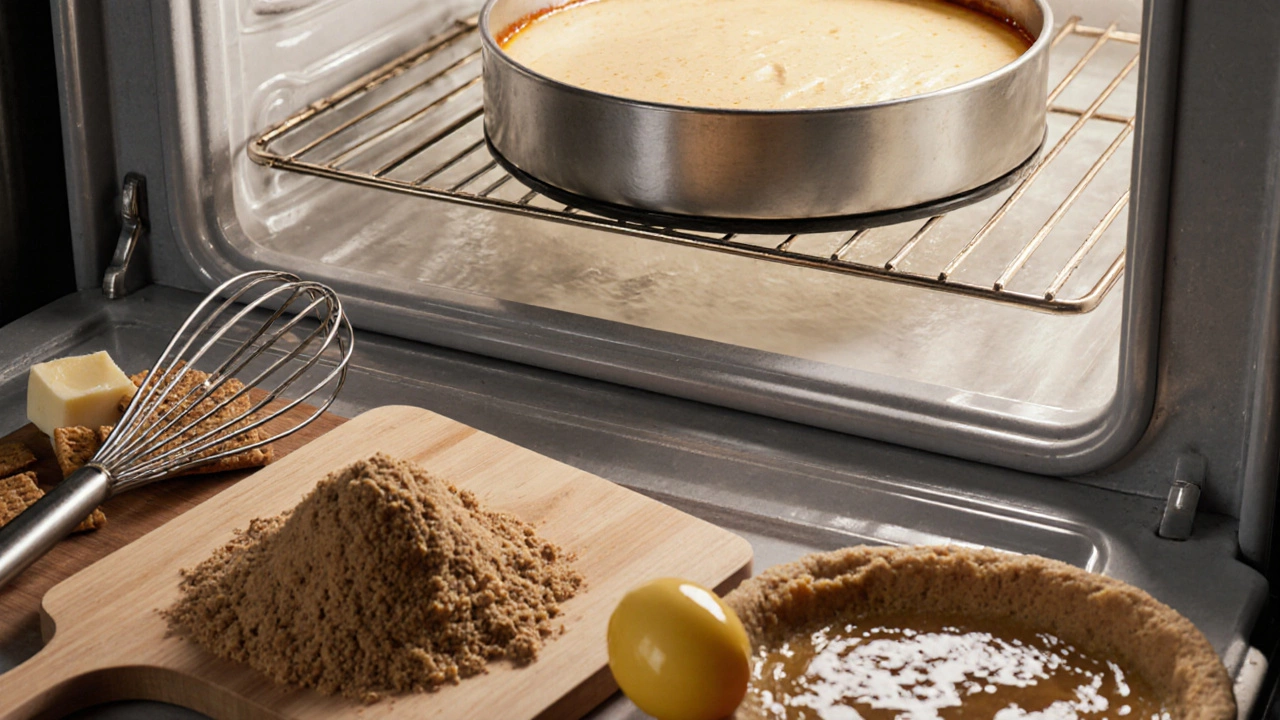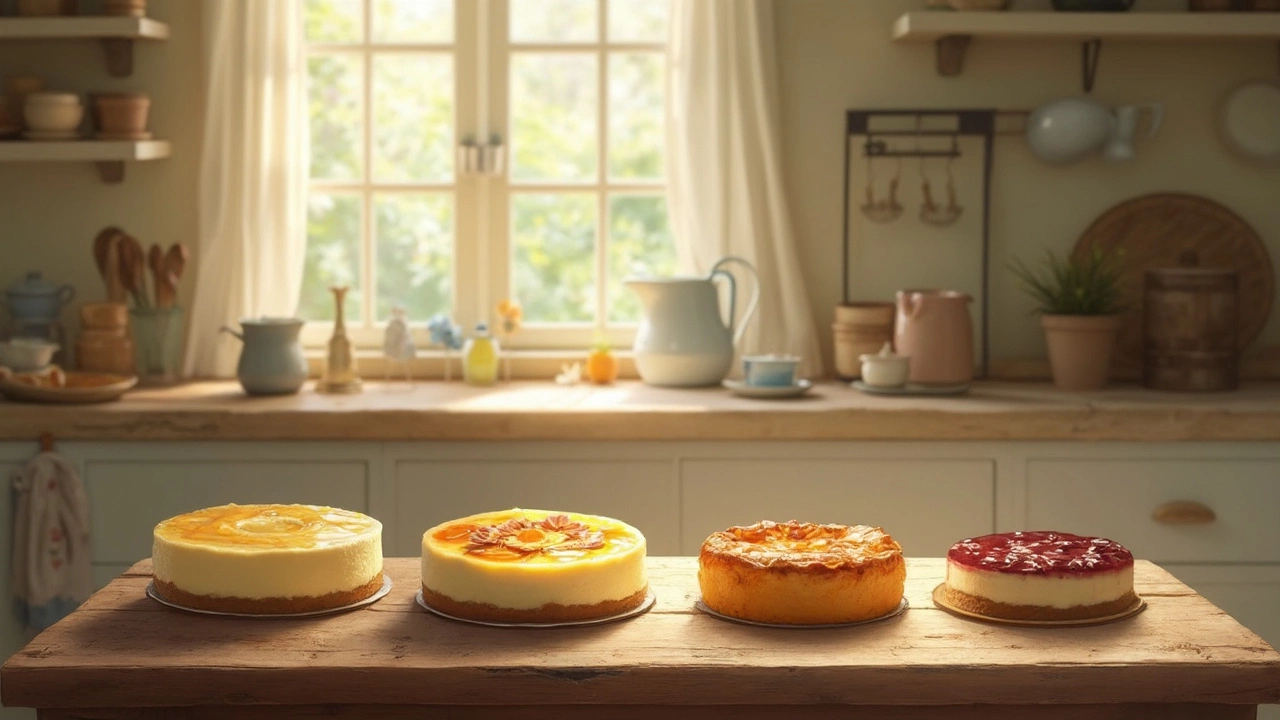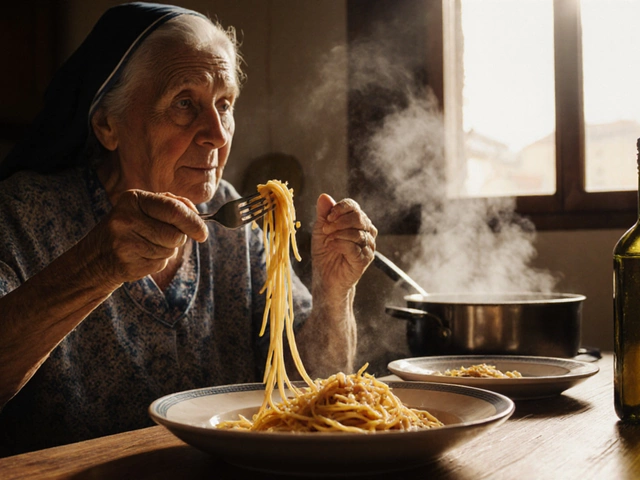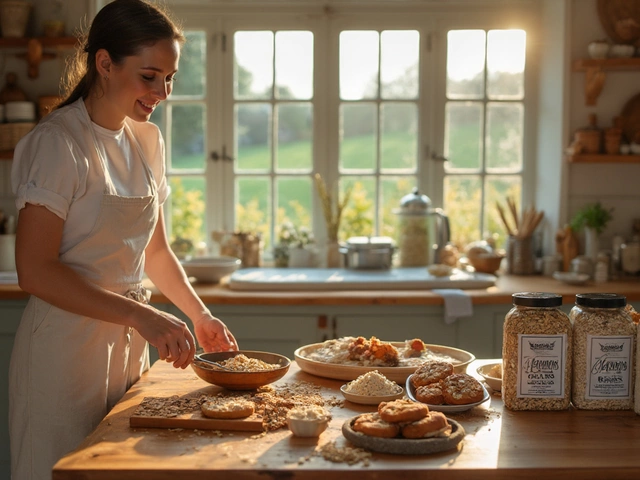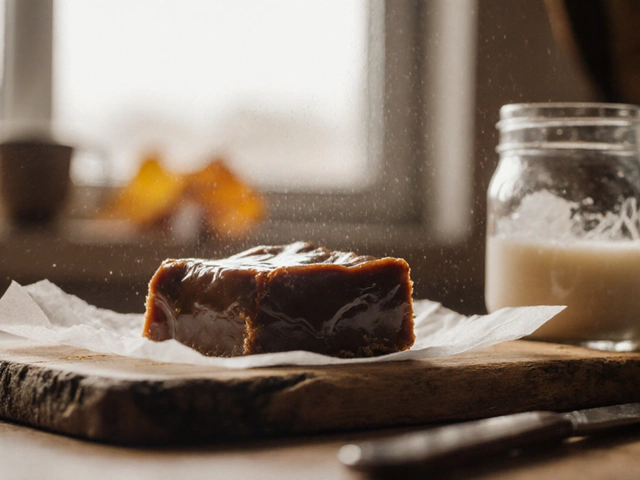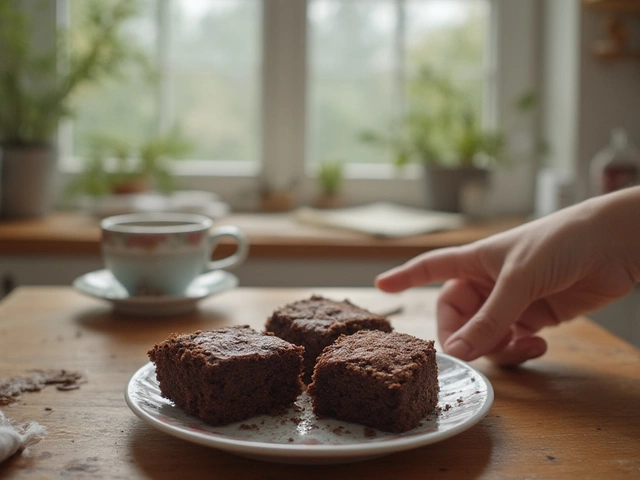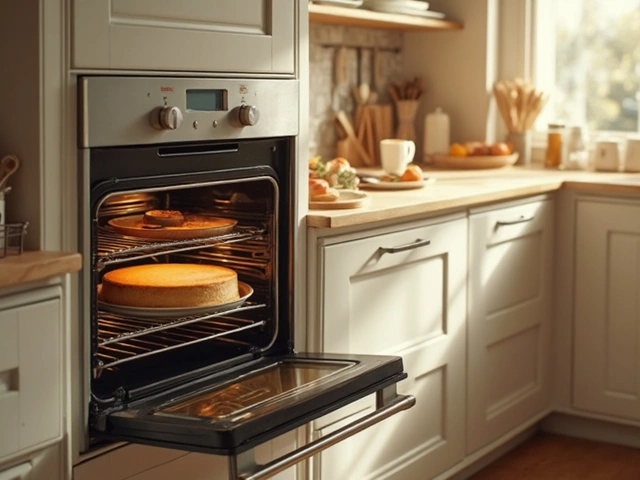Baked Cheesecake: Simple Recipes and Handy Tips
If you love cheesecake but hate the stress, you’re in the right place. A baked cheesecake doesn’t have to be a lab experiment – just a few basic steps and you’ll get a smooth, creamy slice that melts in your mouth. Below you’ll find a go‑to recipe, a few flavor twists, and the most common problems and how to fix them.
Basic Baked Cheesecake Recipe
Start with a classic crust. Mix 1½ cups of graham‑cracker crumbs (or digestive biscuits) with ¼ cup melted butter and a tablespoon of sugar. Press the mixture into the bottom of a 9‑inch springform pan and bake at 350°F (175°C) for 8‑10 minutes. Let it cool while you whisk the filling.
For the filling, blend 24 oz (680 g) cream cheese, ¾ cup sugar, 3 large eggs, 1 tsp vanilla, and ½ cup sour cream. Beat until smooth – no lumps. Pour the batter over the crust, tap the pan gently, and bake at 325°F (163°C) for 45‑55 minutes. The center should jiggle a little; it’ll firm up as it cools.
After baking, turn off the oven, crack the door, and let the cheesecake sit for an hour. This gradual cooling prevents cracks. Then refrigerate for at least 4 hours, preferably overnight. Serve plain or with fresh fruit, caramel, or chocolate drizzle.
Flavor Variations and Quick Fixes
Want a twist? Add ½ cup pureed strawberries, mango, or pumpkin puree to the filling before baking. For a chocolate version, melt 4 oz (115 g) dark chocolate and blend it in with the cream cheese. If you like a tangy bite, swap half the sour cream for Greek yogurt.
Cracks are the most common complaint. They usually happen when the cheesecake cools too fast. To avoid them, keep the oven door ajar for 30 minutes after the timer goes off, then follow the hour‑in‑the‑oven trick mentioned above. If cracks still appear, cover the top with a thin layer of jam or whipped cream – it hides the lines and adds flavor.
Another issue is a watery center. That means the batter was over‑mixed or the oven was too hot. Beat just until the ingredients are smooth, and use a water bath (place the springform pan in a larger pan filled with hot water) to keep the temperature even.
Finally, if the cheesecake feels dense, it might need a bit more air. Whisk in a tablespoon of melted butter or a splash of milk before baking. This makes the texture lighter without sacrificing richness.
With these basics, you can bake a cheesecake any day of the week. The recipe is forgiving enough for beginners but solid enough that seasoned bakers will love it. Grab your favorite topping, slice, and enjoy a dessert that feels restaurant‑quality without the hassle.
